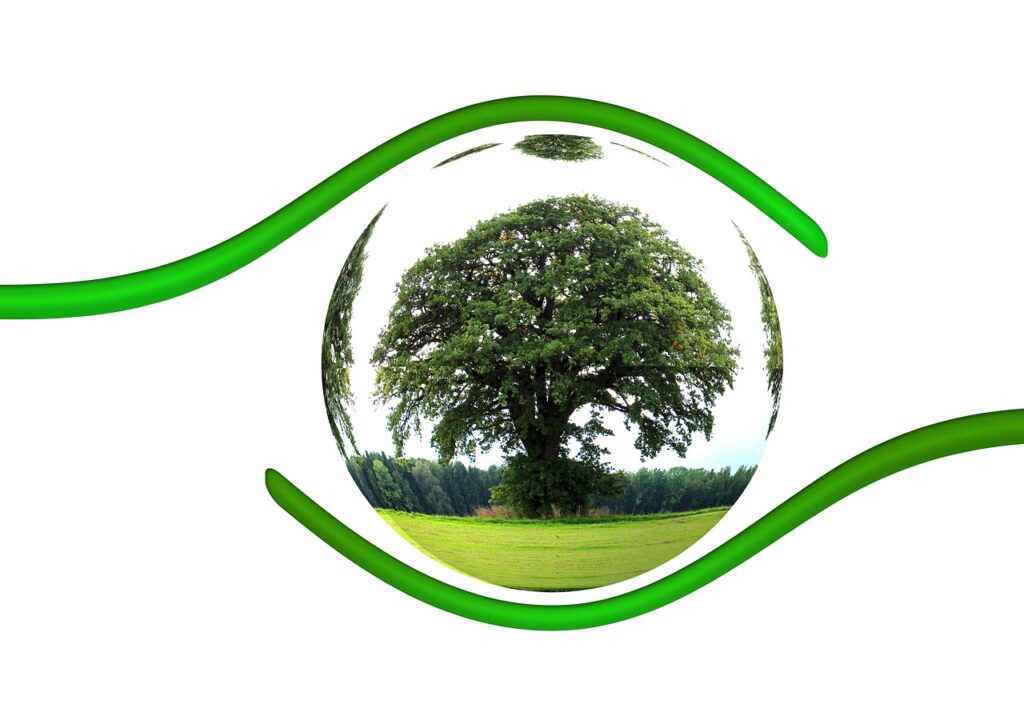A closer look at climate goals, justice gaps, and the need for differentiated responsibility.
The term “Net Zero” has become a dominant force in climate discourse — a rallying cry for nations, corporations, and institutions seeking to align with climate goals and appear future-ready. But beneath this global ambition lies a critical truth:
Net Zero does not mean the same thing everywhere.
In fact, how it’s defined, pursued, and experienced varies dramatically between the Global North and the Global South.
And if we don’t address that disparity — we risk repeating the same patterns of extraction, inequity, and exclusion that created the crisis in the first place.
🌐 What is “Net Zero,” Really?
At its core, Net Zero means achieving a balance between the greenhouse gases emitted into the atmosphere and those removed from it — through carbon sinks like forests, oceans, or technology.
It sounds simple. But it becomes deeply complex when you factor in:
- Who emits the most?
- Who has the resources to decarbonize quickly?
- Who suffers most from climate impacts they didn’t cause?
- Who gets to set the pace, price, and priorities of this transition?

🧭 A Tale of Two Worlds: North vs. South
Let’s explore the differences and disconnects shaping the Net Zero journey across hemispheres:
🌍 1. Emissions Responsibility
- Global North:
- Historically responsible for over 75% of cumulative CO₂ emissions.
- Heavy industrialization and fossil-fueled growth since the 1800s.
- Now setting Net Zero targets (e.g., 2050 for the EU, UK, US).
- Global South:
- Contributes less than 20% of global emissions today.
- Many countries still facing energy poverty and underdevelopment.
- Pushed to decarbonize without having fully industrialized.
Justice Gap: Can the South be expected to cut emissions on the same timeline without the same wealth or past advantage?
🏭 2. Pathways and Priorities
- Global North:
- Focus on carbon pricing, green tech, and offsetting schemes.
- Large corporations pledge Net Zero with heavy reliance on future technology (like carbon capture).
- Political will fluctuates with elections and market forces.
- Global South:
- Focus on adaptation, resilience, and energy access first.
- Emissions often come from basic needs (cooking, farming, transport).
- Climate action must be paired with poverty reduction and job creation.
Justice Gap: Climate finance still flows mostly to mitigation, not adaptation — leaving vulnerable nations unprotected.

💰 3. Climate Finance and Technology Access
- Global North:
- Home to most climate tech innovation, patents, and R&D hubs.
- Wealthier economies can subsidize green transitions and infrastructure.
- Global South:
- Faces high borrowing costs and limited access to green technology.
- Promised $100B per year in climate finance — yet much of it remains undelivered or arrives as loans.
Justice Gap: Without fair financing, how can developing countries leapfrog to clean development?
🌳 4. Land Use and Offsets
- Global North:
- Increasing reliance on carbon offsetting — paying to protect forests or fund clean projects elsewhere.
- Risk of “carbon colonialism” — where Global South lands are used to offset Global North lifestyles.
- Global South:
- Rich in carbon sinks (Amazon, Congo Basin, peatlands), yet often lack control over how they’re used or monetized.
- Indigenous communities are frequently excluded from benefit-sharing.
Justice Gap: Who controls carbon credits — and who profits?

🔄 Rethinking Net Zero Through a Justice Lens
To make Net Zero truly global and equitable, we must:
✅ Recognize historical responsibility — and embed it into climate targets and finance.
✅ Support adaptation and resilience — not just emissions cuts.
✅ Ensure technology transfer and remove intellectual property barriers.
✅ Invest in energy justice — ensuring clean energy access for all, not just emissions reduction on paper.
✅ Respect sovereignty and rights — especially of Indigenous communities and forest stewards.
🗣️ Final Thought: Net Zero Must Be Rewritten, Not Just Renamed
At SustainabilityUnscripted, we believe that climate action must be inclusive, honest, and locally defined.
Net Zero is not a one-size-fits-all target — it’s a global ambition that must take different paths for different people.
Otherwise, we risk achieving “zero” on paper while sustaining deep inequality in practice.







